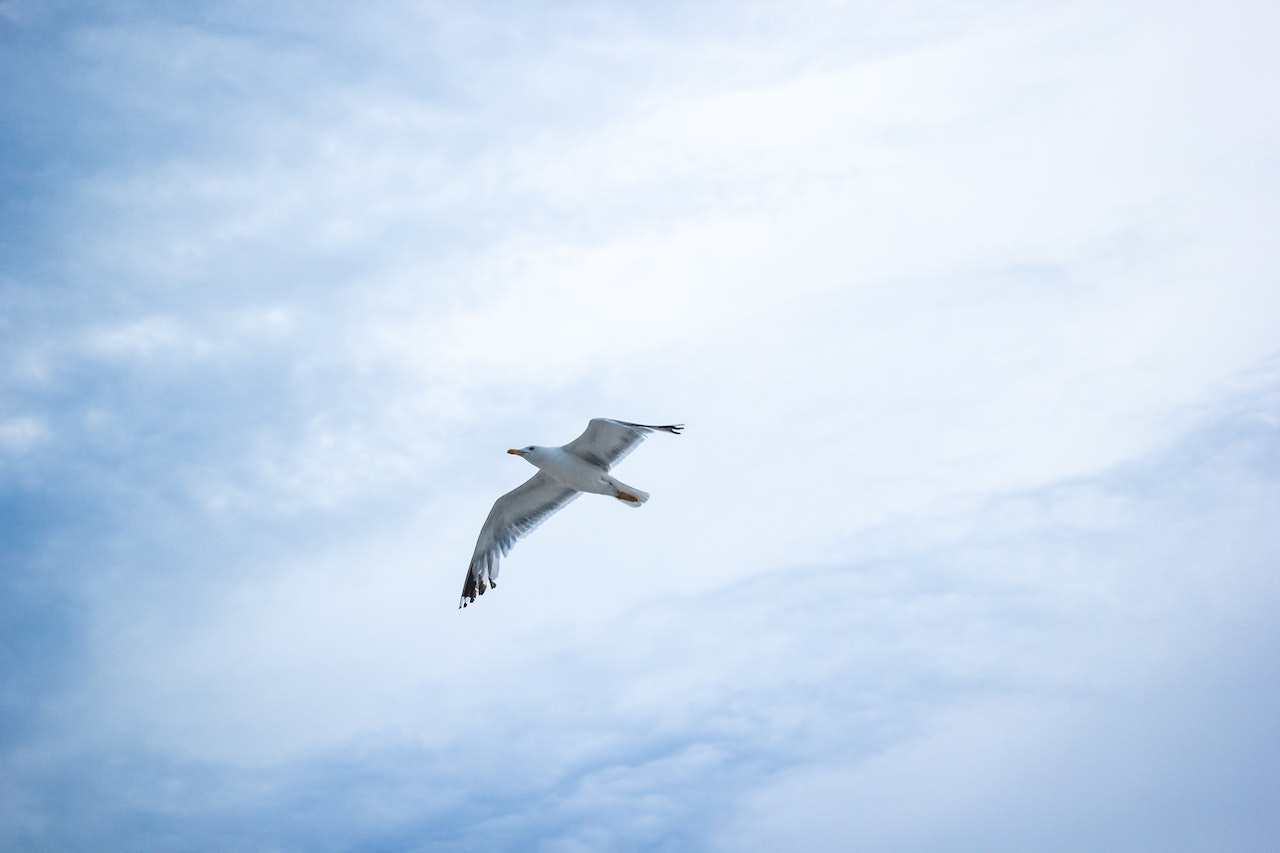6 Ways Offshore Wind Affects Wildlife–And How We’re Mitigating Damage


Offshore wind will be one of the pillars of tomorrow’s energy supply. Thousands of turbines are scheduled for installation in the next decade as countries race to stay on track of climate commitments and transition to renewable energy.
Yet this rapid expansion poses ecological risks, much of which we have yet to fully understand. Impacts can vary between geographic areas and species, making it difficult to form a blanket framework to follow. Changes can take years to manifest, and so assessments may not fully capture the impact of offshore activity.
These gaps in knowledge threaten wildlife and delay consenting permissions. Snapshots from the field show how companies and organisations are working to understand links and present a confident and ecologically safer way forward.
Addressing Bird Strike
Every year, billions of birds migrate over a great expanse of the ocean. The area of the North Sea, where hundreds of turbines will rise within the decade, sees 1.3 million seabirds make the migratory journey.
Bird strike is one of the known major hazards posed by offshore and onshore wind turbines to wildlife. In the UK, mortality rates can range from 10,000 to 100,000 every year. Research shows that birds have started to avoid wind turbines in response, and scientists are concerned about negative long-term effects on migratory habits and patterns.
Several approaches have been tested over the years. A 2020 study found that painting one of three turbine blades black can reduce the prevalence of bird strike by up to 70 percent.
The measure isn’t likely to be adopted soon without the support of further research. Swedish energy company and offshore wind major Vattenfall hopes to bolster the existing body of evidence with a study that will see seven of its turbines painted with black blades. Testing will run until 2024.
Mapping Changes In Flight Behaviour
Blackened blades is only one approach companies are taking to try to understand the relationship between turbines and birds. Using AI technology and 3D flight mapping, Vattenfall tracked the avoidance habits of birds around turbine blades.
Findings show some types of birds gave the blades a wider berth than others. But perhaps more importantly, they observed no bird strikes from over 10,000 recorded videos, data that could help free projects from delays and contentions. “We should be able to more confidently consent wind projects while protecting the UK’s internationally important seabird populations,” says Robin Cox, environmental specialist at Vattenfall.
Meanwhile, Denmark-based Ørsted and a handful of venture capital firms have invested a total of €2.3 million in Spoor, a start-up developing AI-powered bird monitoring systems specifically for offshore wind turbines. The energy company hopes to use data to improve wind farm design and pinpoint collision rates with greater precision. It believes strikes are “significantly lower” than currently modelled.
Measuring Marine Biodiversity
Underneath the waves, energy companies are also making moves to understand interactions between farms and marine ecosystems.
Floating wind technology is relatively young, and so we know even less of its influence on ecosystems. Equinor deployed an autonomous drone to study fish populations around structures. Dubbed the “Sailbuoy”, the drone used acoustic sensors to monitor and identify fish biomass. The Norwegian company currently operates the world’s largest floating wind farm.
Another one of the firm’s studies involves using environmental DNA (eDNA) to identify biodiversity levels. The method is an improvement from traditional data collecting that uses trawl surveys, a practice that’s invasive and harmful.
Mitigating Noise Pollution
Some installations are already employing best practices to regulate potential disturbances. At Vesterhav Nord, turbines are being installed with careful consideration for noise levels. Monopiles are fitted with dampers that absorb noise, and then driven into the seabed with gradual force to give marine creatures time to move away.
One study suggests that noise problems can be circumvented by the next generation of turbines. Old turbine models are louder, found to impact marine mammals as far as 6.3 kilometres away. With newer turbines, noises can only reach disruptive levels within a 1.4 kilometres radius.
Trenchless Subsea Cable Installation
Miles of subsea cabling will be needed to connect the hundreds of planned farms to the grid. These cables are typically trenched two metres deep into the sediment, potentially disturbing habitats as they criss-cross through territory that’s been untouched for millenia.
A proposed solution is to simply dig deeper, away from sensitive and dense ecological zones. Horizontal directional drilling threads the majority of cabling deep underneath the surface, minimising contact with habitats on the seabed.
Reducing Disruptions From EMF Emissions
Subsea cables can present another risk in the form of electronic and magnetic fields (EMF). All cables, whether those used for telecommunication services or transmitting electricity to onshore structures, emit EMF.
Electromagnetic fields are hardly a new element that’s introduced to the environment. Boats, ships, and the Earth itself generates this force. Certain types of animals such as rays, sturgeons, and sharks have an organ solely dedicated to detecting these fields: the ampullae of Lorenzini.
There’s been little study into the lasting effects of EMF on such creatures. With thousands of turbines and therefore miles of cabling scheduled to make their way into the ocean, there’s been a renewed interest expanding what we know.
Some of the proposed approaches include spatial studies to determine the range of emissions and planning for shared transmission systems, reducing the volume of cabling used and the area of effect.
Turbines are changing ecosystems, but precisely to what extent remains unclear–for now. Organisations are already underwater, in the air, and within the sediment, wielding data and technology to advance wildlife preservation strategies for offshore wind.